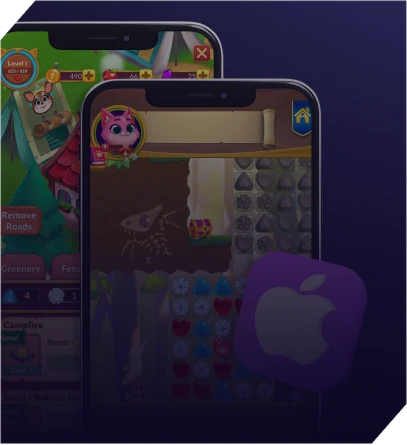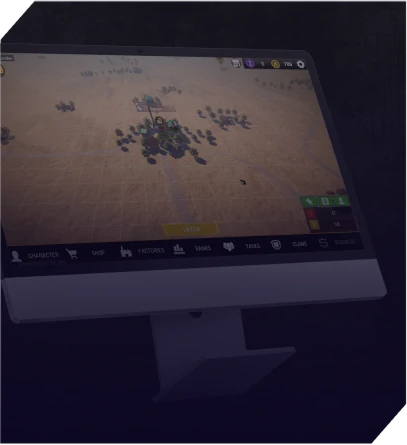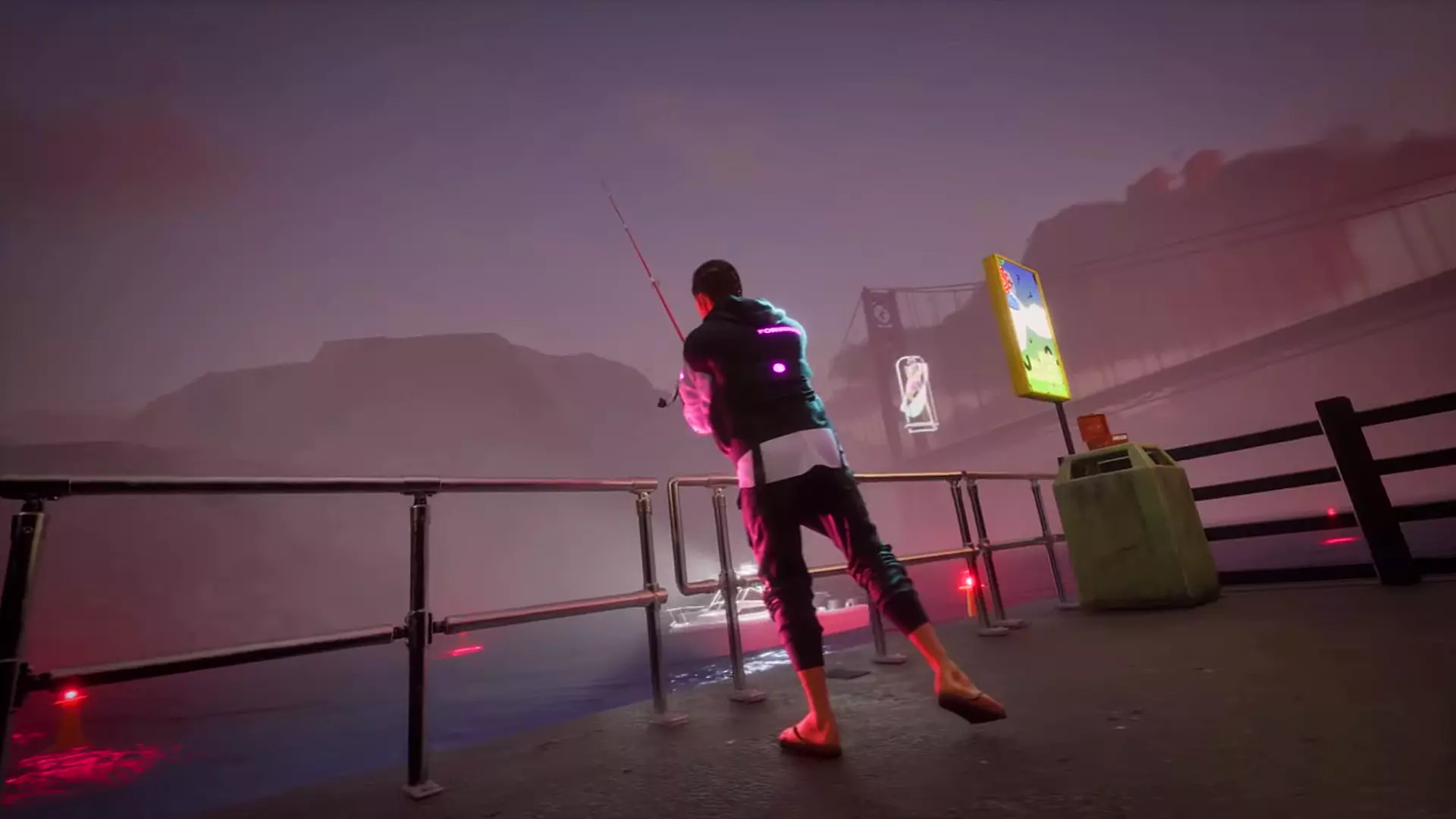About us
When we start working together, we want you to feel confident in your investment. That's why we conduct a thorough feasibility study and offer a free project estimation to ensure a profitable return. We also provide technical product management consulting services to minimize the risk of financial losses. Our team of VR app developers are experts in both enterprise and consumer-level applications and have already created successful products.
We Offer:

Web 3.0
The future of the internet, known as Web 3.0, is going to have VR, artificial intelligence, and machine learning, which will make browsing more fun and efficient. This new technology will understand what you need and give you a more personalized experience.

Unreal Engine
If you want to make a stunning VR experience for showcasing your product, Unreal Engine is the ideal solution. It offers numerous free templates and samples, as well as an extensive asset library, making it easy to get started.

Unity
Whether you're just starting out or already a pro, Unity is a fantastic platform to create VR content. It's easy to use with its visual scripting, making it simple to build 3D environments and add interactive elements like audio, video, and animations. Your VR experiences will truly come to life!

VR Kits
VR kit is basically a headset that you wear to experience 3D content. The idea is to create a virtual world that feels so real that you forget you're wearing a headset! One of the key challenges is reducing latency, so that the images and movements match up perfectly with your head movements.
We Offer Top-Notch VR Development Services
-
01
We Create Custom VR Software
-
02
We Enhance Your Existing VR Software
-
03
We Integrate VR into Your Current Software
-
04
We Provide Quality VR App Testing
-
05
We Ensure Your VR Software Stands Out in the Market
Our usual VR application development process consists of five steps:
Features
-
 Healthcare and psychological therapyVR in surgery simulations can help doctors and surgeons practice complex procedures in a risk-free environment. Also, VR therapy can be used to treat a range of psychological disorders, such as anxiety, PTSD, and depression.
Healthcare and psychological therapyVR in surgery simulations can help doctors and surgeons practice complex procedures in a risk-free environment. Also, VR therapy can be used to treat a range of psychological disorders, such as anxiety, PTSD, and depression. -
 ManufacturingWith VR, designers and engineers can create virtual prototypes that are extremely accurate and detailed. VR also offers a versatile platform for training factory workers on complex machinery and procedures.
ManufacturingWith VR, designers and engineers can create virtual prototypes that are extremely accurate and detailed. VR also offers a versatile platform for training factory workers on complex machinery and procedures. -
 EducationVR allows students to gain first-hand experience in a virtual environment that is safe, engaging, and accessible. And researchers can use it to simulate real-world scenarios and collect data from multiple points of view.
EducationVR allows students to gain first-hand experience in a virtual environment that is safe, engaging, and accessible. And researchers can use it to simulate real-world scenarios and collect data from multiple points of view. -
 TransportationVR technology has the potential to revolutionize navigation and mapping systems, providing real-time information on traffic and road conditions. VR driving and flight simulators can also be used for training to handle real-world situations.
TransportationVR technology has the potential to revolutionize navigation and mapping systems, providing real-time information on traffic and road conditions. VR driving and flight simulators can also be used for training to handle real-world situations. -
 EntertainmentVirtual tours and virtual art installations can take viewers to places they may never have the opportunity to visit in real life, providing immersive experiences that are engaging and educational.
EntertainmentVirtual tours and virtual art installations can take viewers to places they may never have the opportunity to visit in real life, providing immersive experiences that are engaging and educational. -
 RetailVR showrooms allow customers to explore and experience products in a way that is engaging and interactive, with the potential to increase sales. VR also offers a versatile training platform for retail employees to boost their sales.
RetailVR showrooms allow customers to explore and experience products in a way that is engaging and interactive, with the potential to increase sales. VR also offers a versatile training platform for retail employees to boost their sales. -
 AdvertisingGamified ads use VR to create immersive experiences that engage viewers and encourage them to interact with the ad. And virtual events also have the potential to provide immersive experiences that mimic the real-world experience.
AdvertisingGamified ads use VR to create immersive experiences that engage viewers and encourage them to interact with the ad. And virtual events also have the potential to provide immersive experiences that mimic the real-world experience. -
 Real estateVR is being used in the real estate industry for virtual tours, which offer viewers an immersive experience of a property without the need to physically visit. This approach can help save time and resources for both buyers and sellers and provide a more accurate representation of a property.
Real estateVR is being used in the real estate industry for virtual tours, which offer viewers an immersive experience of a property without the need to physically visit. This approach can help save time and resources for both buyers and sellers and provide a more accurate representation of a property.
The Value of Whimsy Games




- Time Savers
- Easy Power-Ups
- Smart Spending
- Top Quality
Ready, Set, Go!
No waiting for respawns. We’re fast and always game to start!
Level Up Instantly!
Scale your project like a pro, from pixel beginnings to epic quests.
Win More, Spend Less!
Get legendary results without emptying your loot chest.
Play Flawlessly!
Every project gets our champion-level QA. No bugs allowed!
We strive for excellence













Projects We Сreate
- VR RC Racing
- Fishing
- Bowling
- Pool
- Poker
- Shooting gallery



































What our clients think about us